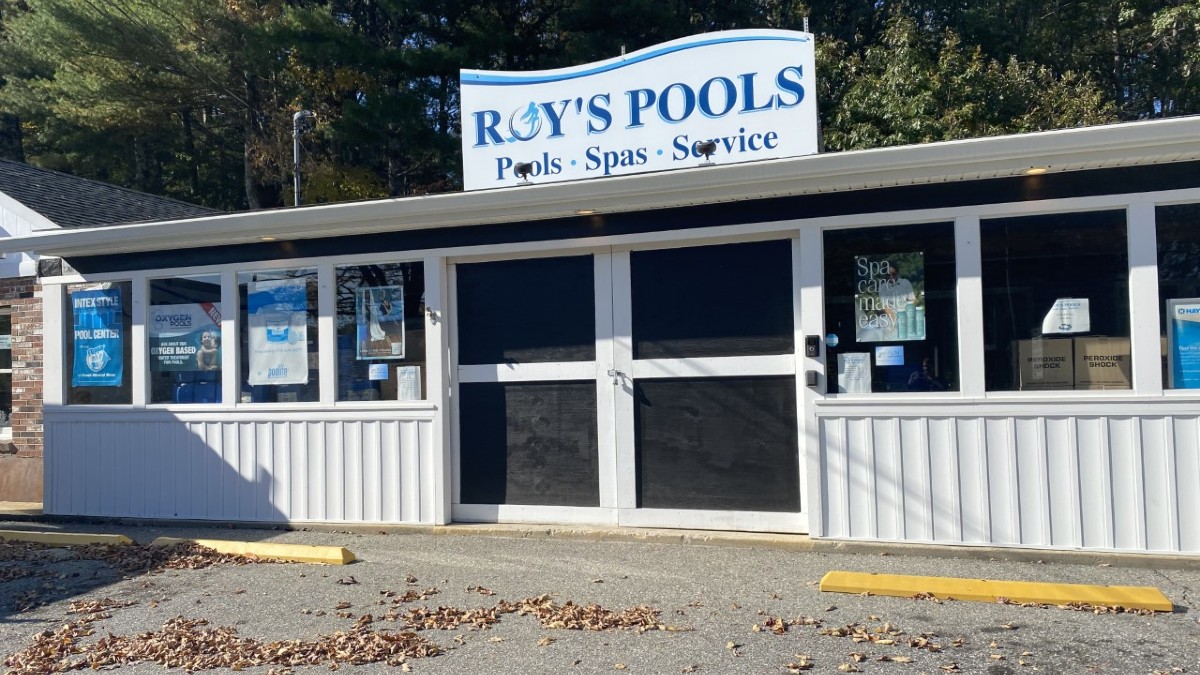A residential renovation turned into an archeological excavation after construction crews in Ridgefield unearthed skeletal remains under a homeowner’s basement last December. Now, Quinnipiac University students are joining a group of experts trying to unravel the mystery of how they got there.
The skeletal remains were found underneath a gravel basement that dates back to the early 1700s. According to early indications, the bones may be more than 200 years old.
Friday, students learned how to use CT scan technology to go back in time and trace the history of these skeletal remains suspected to date back to the Revolutionary War.
“When we study the skeletons we’re actually looking at the record of that person themselves,” said Jaime Ullinger, co-director of QU’s Bioanthropology Research Institute and an associate professor in anthropology.
“This is just trying to find out a little bit more about who these individuals were, maybe putting things more into historic context,” said Diagnostic Imaging Associate Professor Tania Grgurich.
Grgurich’s radiology students usually work with living patients. They said this project offered them a unique opportunity.
“When you’re working with just a head it’s a little different than when you’re working with a live patient and their full body,” pointed out Quinnipiac University student Allison Keenan.
Local
Students and professionals from half a dozen disciplines at Quinnipiac University are using the discovery to help the state archeologist and medical examiner paint a picture of what happened to the men nearly 250 years ago.
“I work with the skeletons specifically, some people are working with imaging, we have an archeological chemist,” explained Ullinger. “There are historians, there are battlefield specialists.”
Through this project, the students are exposed to different opportunities in their field.
“That’s what’s most exciting for me, to see the ‘ah ha moments’ for my students and to see them really get excited about some of the non-traditional applications of imaging.”
The project will take several months. The team hopes to learn more about the men and pinpoint what injuries they may have suffered.
When finished, the university said the skeletons will likely be reburied.



